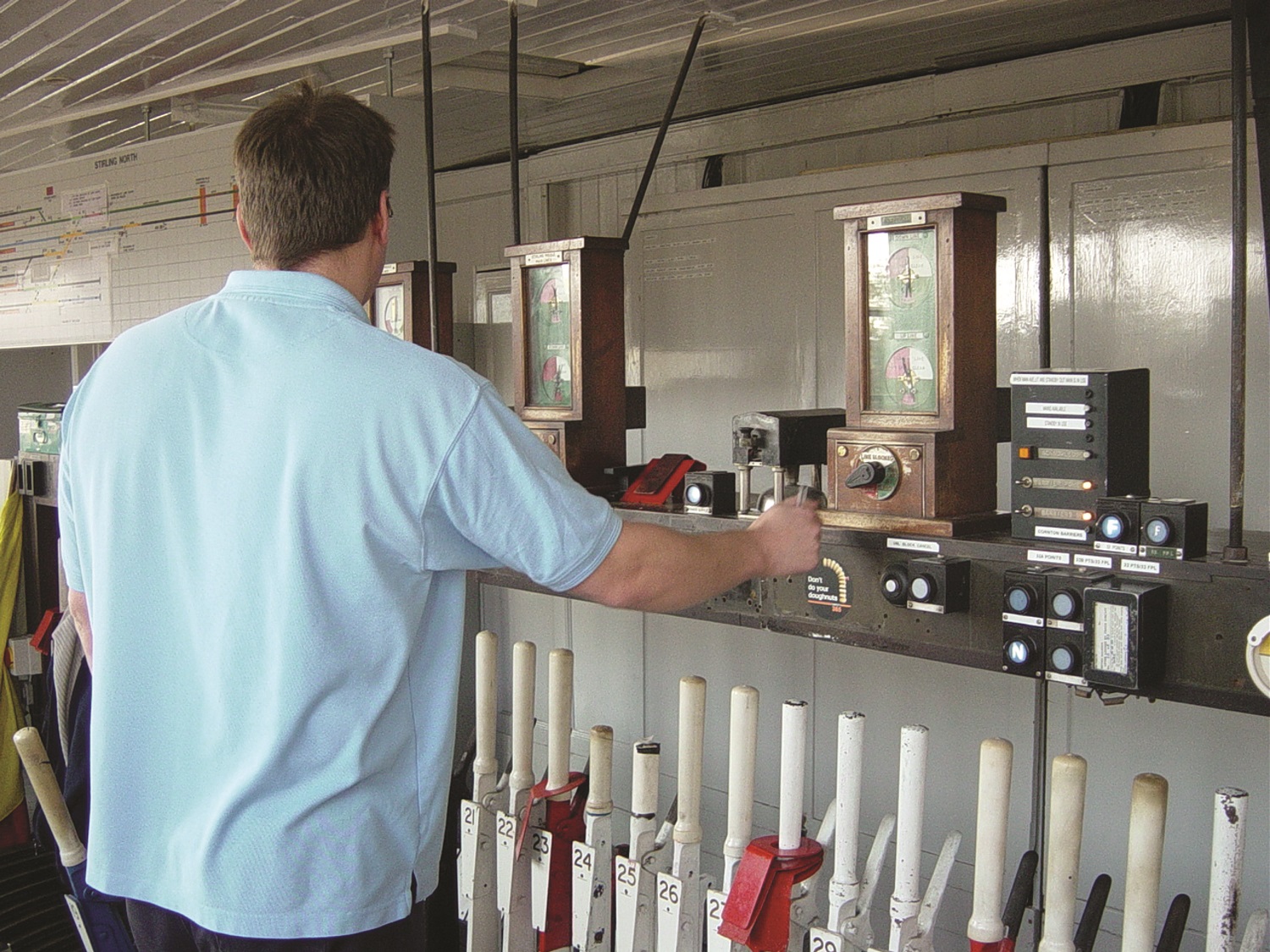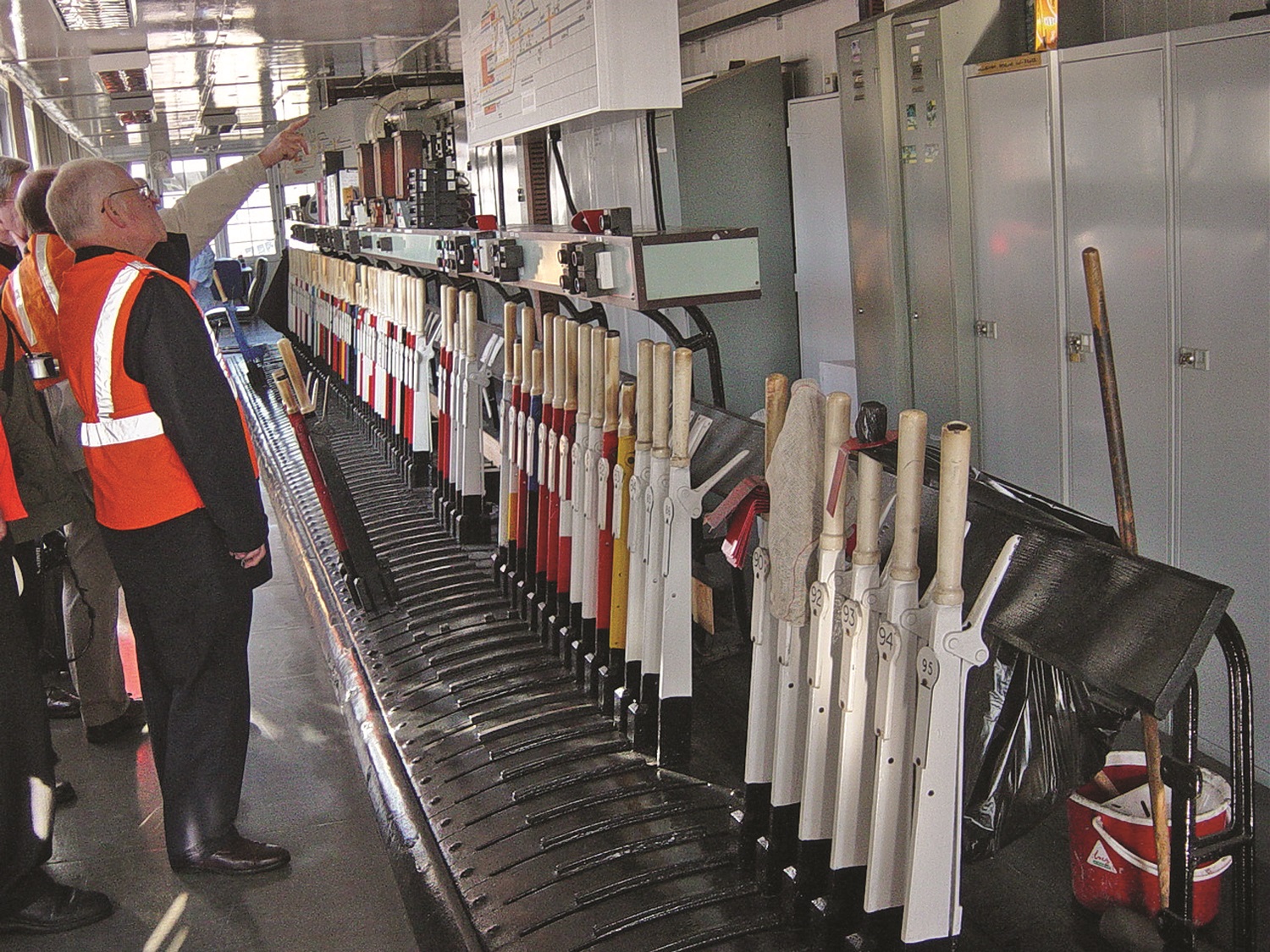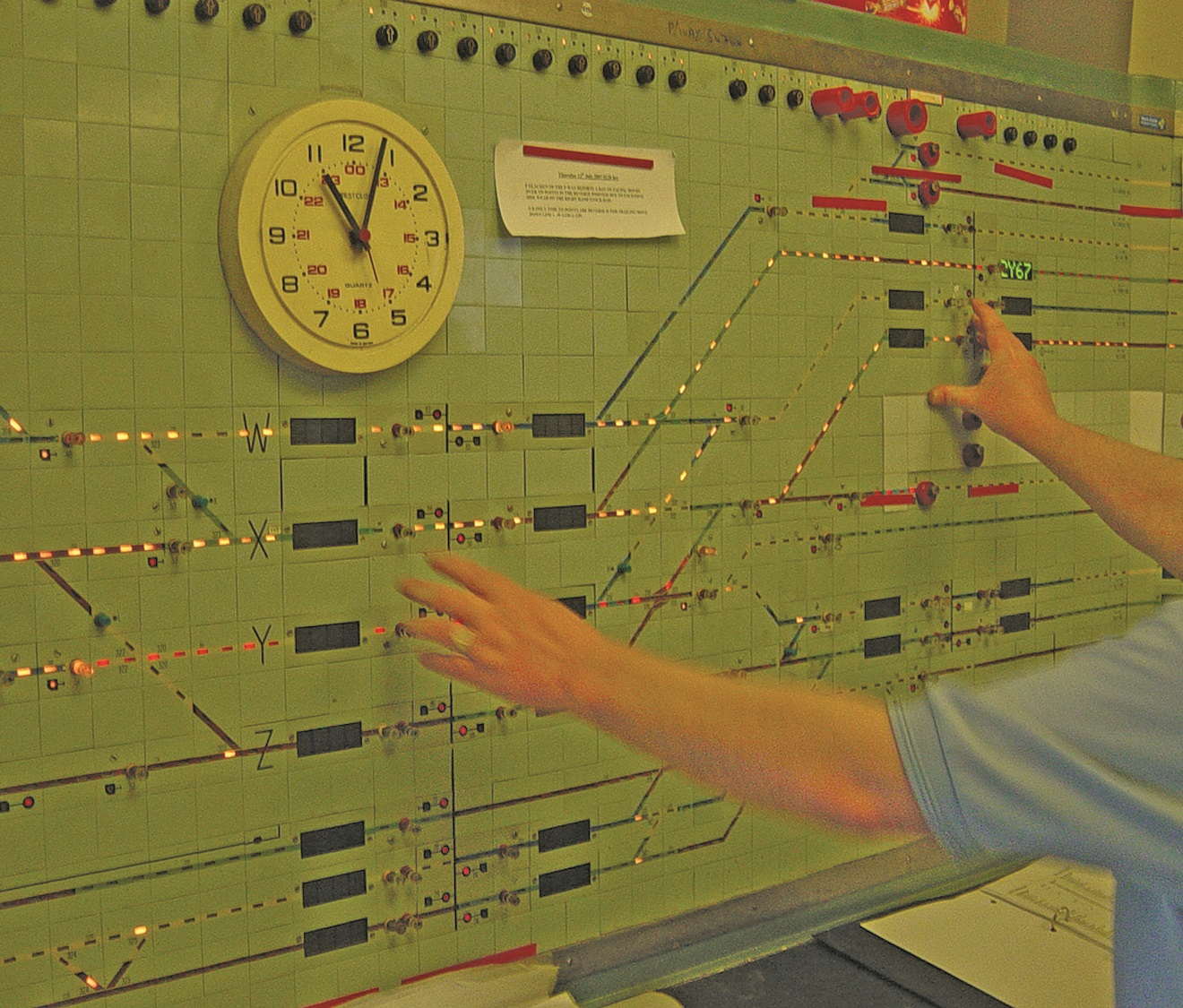By Jim Summers

A film archive project started in 2014 continues to celebrate and record the work of signallers. Great progress has already been made. Called “FARSAP” (Film Archive of Railway Signalling and People) the project is filming the people, practices, equipment and buildings involved in signalling the railway across Britain. As we move towards the “Digital Railway”, the outputs from the project will build into a rich resource. It’s not just for now – it’s for future generations as well. As it covers all parts of the UK, the producers are looking out for examples where pre-nationalisation and even pre-grouping companies’ signalling has survived to the present day.
Trained volunteers from the Signalling Record Society are doing the filming. Most work, or have worked, on the railway. They liaise with Network Rail local management to agree arrangements and receive safety briefing before filming. Film-makers have now recorded 130 working locations. Many of these are significant for historical, technical and operating reasons. At a time of major technological change in signalling they need to be recorded for posterity. The FARSAP teams have been warmly and enthusiastically welcomed across the network, and they much appreciate the cooperation received from signallers and their colleagues.

FARSAP is supported financially by the Friends of the National Railway Museum and the Railway Heritage Trust. It’s a real partnership involving Network Rail, NRM and NRM Friends, railway professionals and volunteers. All these partners agree that it is vital to record the signalling scene as it is now. Naturally, the Institution of Railway Operators has been involved from the very beginning, as signalling has been such a key part of operations from the earliest days of railways. As new methods evolve, an understanding of how and why they have done so constitutes a valuable background for railway operators as they evaluate changes and investment in the future. Many younger members will not have had an opportunity to experience at first-hand mechanical and early power signalling, but FARSAP now permits them to see and hear the work in these places. So far, 24 FARSAP films are hosted on the website of The Signalling Record Society at http://www.s-r-s.org.uk/archivevideo.php
Further films are added to this link as they are edited. These productions have received excellent feedback from viewers. Network Rail uses the films as introductions at its signalling classes. Importantly, all the unedited film is also added to the National Railway Museum’s archive, where it will be searchable and will be kept for future generations. Over time, the representative set of edited films will build and will interest a wide range of audiences such as railway professionals, educators and students, enthusiasts and modellers, family history groups, libraries, archives and museums across Britain.

With 130 locations “in the can” so far, the project team has raw footage, and it’s important to continue to gather it in whenever and wherever the opportunities arise. But the filmed material needs to be edited to produce coherent and accessible films for audiences. so FARSAP has a real editing challenge on its hands. It would really appreciate hearing from anyone in the IRO who has video-editing experience and can help with this vital task. Please contact Project Director, Frank Paterson, or Deputy Project Director, Richard Pulleyn at Friends of the NRM, NRM, Leeman Road, York YO26 4XJ or email nrm.friends@nrm.org.uk

Contact us